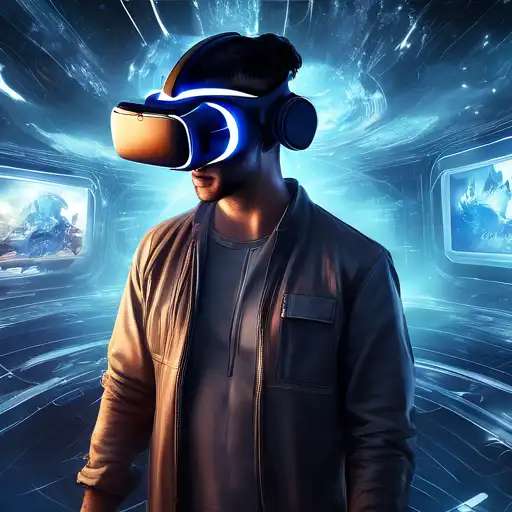Introduction to Virtual Reality
Virtual Reality (VR) has emerged as a groundbreaking technology that transports users into a completely digital environment, offering an immersive experience unlike any other. This innovative technology has revolutionized the way we interact with digital content, from gaming and entertainment to education and healthcare.
The Evolution of VR Technology
The journey of VR from a futuristic concept to a tangible technology has been nothing short of remarkable. Early attempts at virtual reality were rudimentary, but today's VR systems offer high-definition visuals, realistic sound, and even haptic feedback to simulate touch.
Applications of Virtual Reality
VR's applications span across various sectors, demonstrating its versatility and potential to transform industries. Below are some key areas where VR is making an impact:
- Gaming and Entertainment: VR provides gamers with an unparalleled immersive experience, placing them directly inside the game world.
- Education and Training: From medical simulations to virtual field trips, VR is enhancing learning experiences by making them more interactive and engaging.
- Healthcare: VR is being used for pain management, physical therapy, and even surgical training, offering new ways to treat and understand medical conditions.
- Real Estate and Architecture: Virtual tours allow potential buyers to explore properties remotely, saving time and resources for both buyers and sellers.
The Future of Virtual Reality
As VR technology continues to evolve, its potential applications are only limited by our imagination. With advancements in AI and machine learning, future VR experiences could become even more realistic and personalized, further blurring the lines between the virtual and real worlds.
Challenges and Considerations
Despite its many benefits, VR technology faces challenges such as high costs, the need for powerful hardware, and concerns over user safety and privacy. Addressing these issues is crucial for the widespread adoption and success of VR.
For those interested in exploring more about digital innovations, check out our article on Augmented Reality vs. Virtual Reality to understand the differences and applications of these transformative technologies.
Conclusion
Virtual Reality is redefining the boundaries of digital interaction, offering new dimensions of experience across various fields. As we continue to explore and innovate, VR promises to unlock even more possibilities, changing the way we live, learn, and entertain ourselves.
